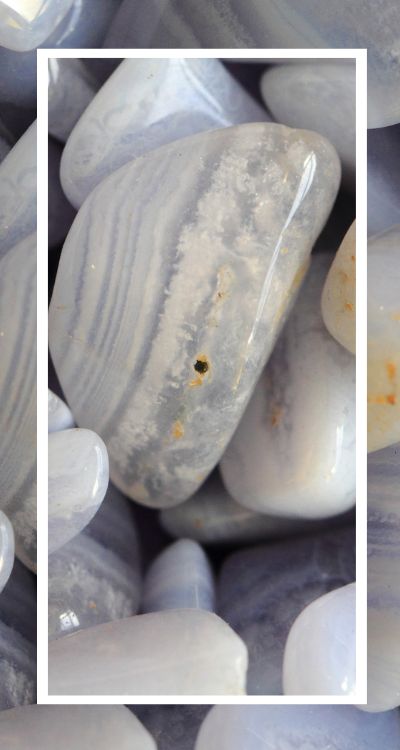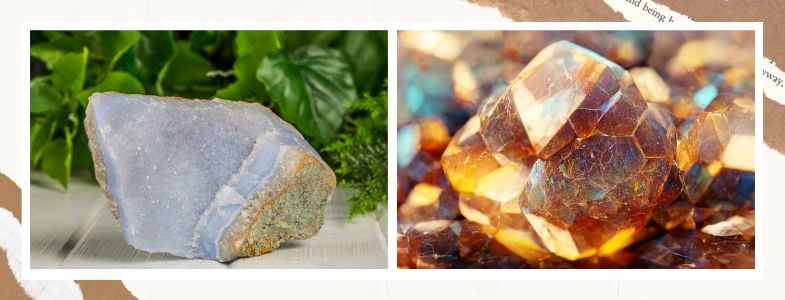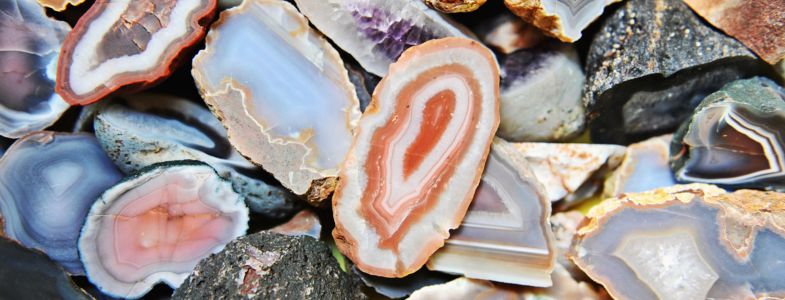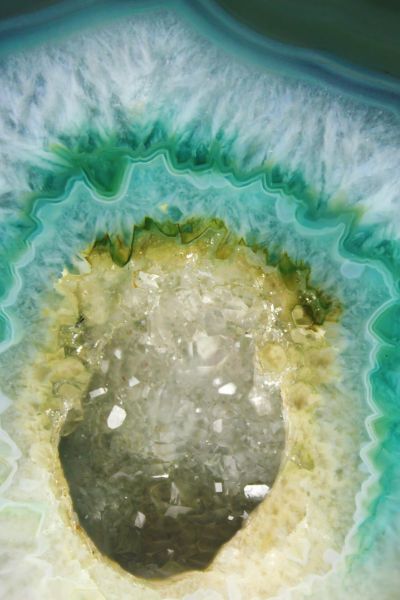You have no items in your shopping cart.
Quick Read
Origin: Comes from various parts of the world such as India, Iceland, Brazil, Mexico, Italy, New Zealand, Austria, Russia, Egypt, Uruguay, and the United States
Colors: White, gray, blue, brown, black, or even colorless
Appearance: Dense and contains a wax like luster and at times it can be found either semi transparent or completely translucent but never completely transparent
Name History: Said to be derived from Chalcedon which is a known district within the city of Istanbul, Turkey
Healing Properties: Promotes emotional balance, stamina/endurance, and alleviates hostilities as well as feelings of depression
Chakra: Throat Chakra

Getting to know Chalcedony
Chalcedony's name is said to be derived from Chalcedon which is a known district within the city of Istanbul, Turkey. The name Chalcedony is also believed to have been derived from the Latin word “Chalcedonius” which was found used in Pliny the Elder’s Naturalis Historia as a definition for a “translucid kind of Japis.”
Scientifically, Chalcedony mineral is not its own mineral but in fact a variety of the Silica mineral quartz in a microcrystalline form. Chalcedony is known to be dense and contain a wax like luster and at times it can be found to be either semi transparent or completely translucent but never completely transparent. It can come in a wide variety of colors such as white, gray, blue, brown, black, or even colorless. At times when shined with ultraviolet light Chalcedony can show a fluorescence often in a shade of green.

Oftentimes Chalcedony can be found alongside Agate in weathering volcanic rocks. Chalcedony can also at times be found within sedimentary rocks, but it is very rare for it to be found in either igneous or metamorphic rocks. There are dozens of varieties within the Chalcedony family such as Agate, Bloodstone, Carnelian, and Chrysoprase to name a few.
Chalcedony has been around for many years; it was mainly utilized for tool making dating back as early as 32,000 BP. In fact, during the first century in north-western Afghanistan the heat would make wax impossible to stick, so as an alternative Chalcedony ended up being used to make seal impressions. In earlier times Native Americans believed Chalcedony to be a sacred stone, it was oftentimes used in ceremonial activities.
During the 19th century, Idar-Oberstein located within Germany at the time became the largest Chalcedony processing center in the world! However, nowadays Chalcedony comes from various parts of the world such as India, Iceland, Brazil, Mexico, Italy, New Zealand, Austria, Russia, Egypt, Uruguay, and the United States.
Chalcedony Metaphysical & Healing Properties

It is said that Chalcedony promotes emotional balance, stamina/endurance, and alleviates hostilities as well as feelings of depression. As a protective stone, Chalcedony absorbs and dispels any form of negative energy along with negative vibrations. Chalcedony also serves as a stone which encourages one to reflect within themselves in order to focus on productive thoughts and feelings. With Chalcedony's calming energy, this stone is perfect for those who seek to create peace within themselves. The balance and harmony found with Chalcedony, attracts both kind and gentle energy.

Chalcedony Benefits
- Increases both stamina and energy
- Increases self-confidence
- It is an emotional healing stone
- Reduces self-doubt as well a feelings of anger and fear
- Enhances emotional strength
- Helps with communication
- Keeps the mind clear
- Boosts creativity
- Powerful healer
- Gives an optimistic outlook on life

